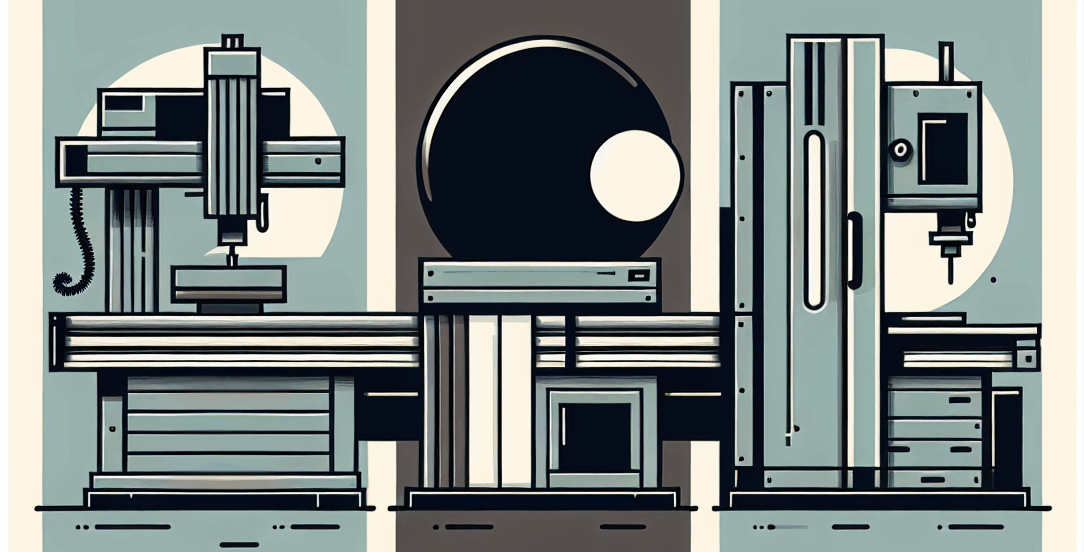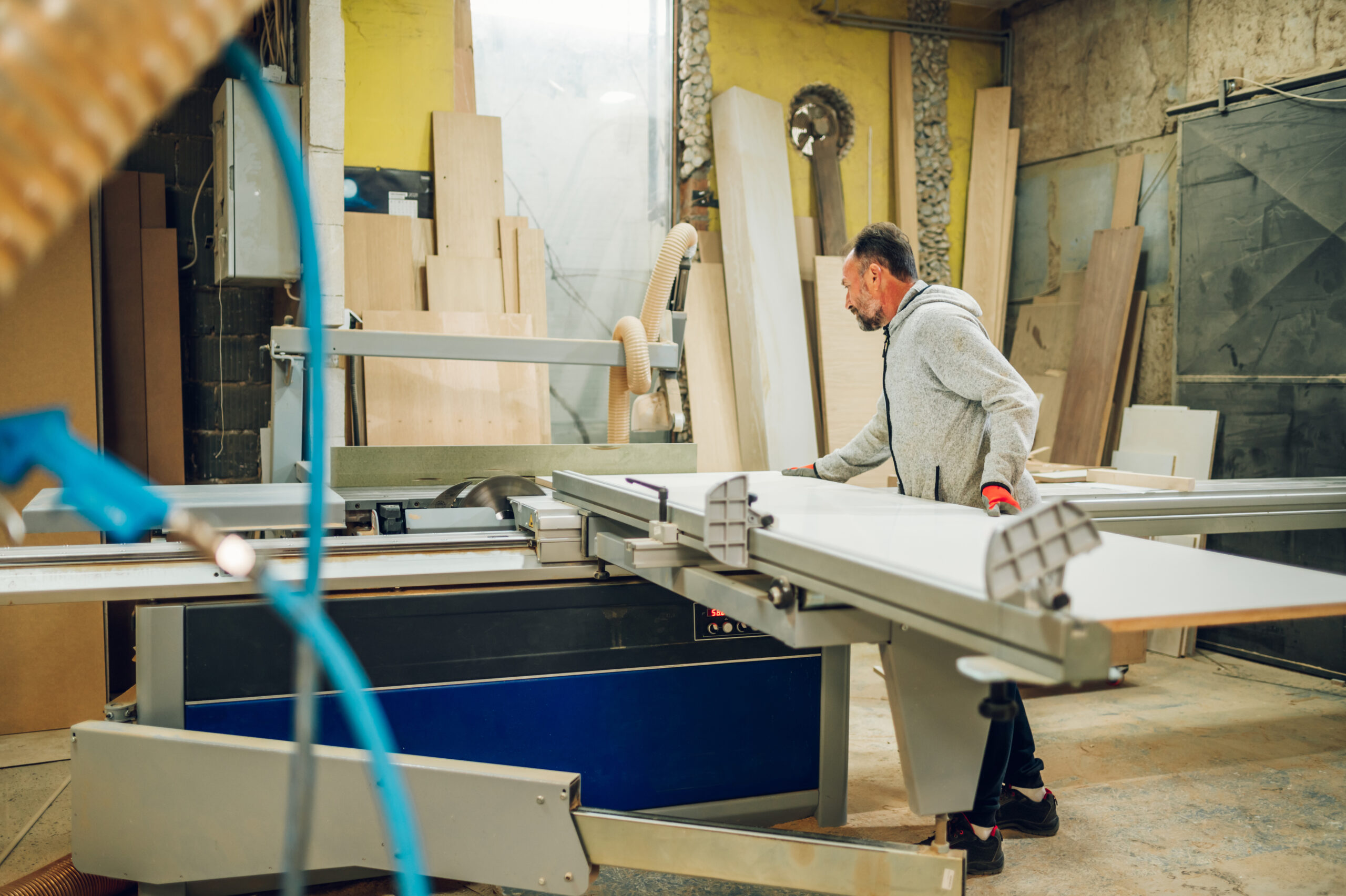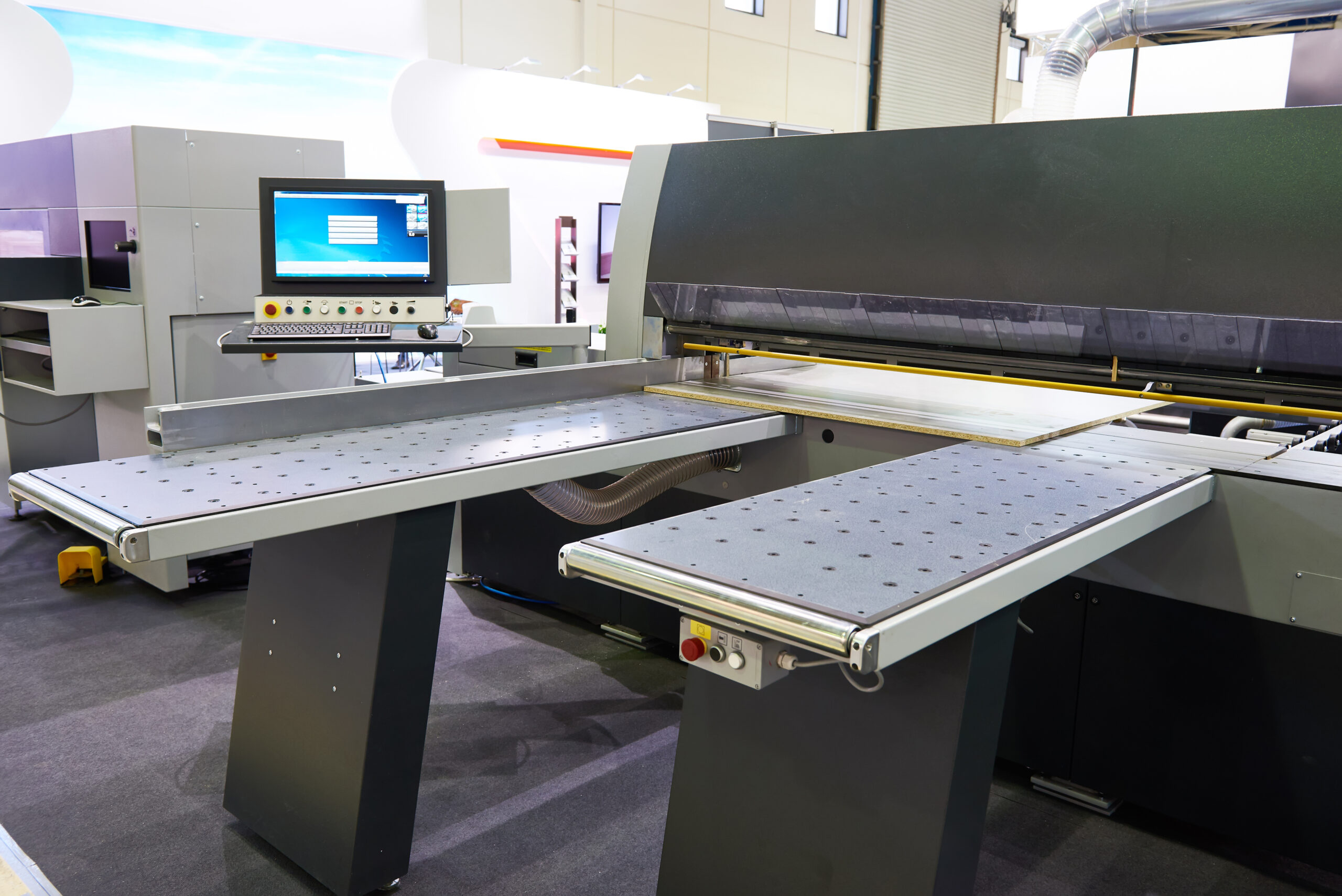Panel Saw vs Beam Saw vs CNC Flatbed: Which is Better for Manufacturing Flat Packs?
When it comes to manufacturing flat pack cabinetry, the choice of cutting equipment plays a pivotal role in determining workflow efficiency, product quality, and overall profitability. Three leading contenders for cutting sheet material are the traditional panel saw, the beam saw, and the CNC flatbed router. Each machine has its merits, but for cabinetry manufacturers aiming to modernise their operations or scale production, understanding their differences is key.

Understanding the Tools
Panel Saws
Panel saws are often the first major equipment investment for smaller workshops. Designed for straight cuts, they can be vertical or horizontal and are manually operated or semi-automated. They are ideal for basic ripping and cross-cutting tasks and can handle a wide variety of sheet materials like MDF, melamine, and plywood.
Beam Saws
Beam saws are more industrial-grade, capable of cutting stacked sheets simultaneously with high precision. These saws are ideal for batch production of parts with consistent sizes, such as cabinet ends or standardised panels. However, like panel saws, beam saws perform only the cutting operation. They require secondary processes to drill construction holes, hinge borings, and drawer runner placements, which adds time and handling.


CNC Flatbed Routers
CNC (Computer Numerical Control) flatbed routers represent a leap forward in manufacturing technology. These machines use digital design files to cut and drill panels with high accuracy. CNCs are capable of nested-based manufacturing, where entire jobs are optimised and cut from a single sheet, minimising waste and manual handling. They also perform all drilling and routing in a single operation, reducing the need for secondary processing.

Key Factors in Flat Pack Production
1. Speed and Throughput
Flat pack manufacturing often involves repetitive jobs and high-volume orders.
- Panel Saw: Manual and relatively slow, particularly for varied or custom jobs.
- Beam Saw: Faster than panel saws when cutting multiple identical parts, thanks to stack cutting.
- CNC Flatbed: Fastest overall for varied jobs, with nesting and automation enabling quick turnaround and minimal manual labour.
The Winner: CNC Flatbed Router – Best for handling custom, high-volume jobs quickly and efficiently.
2. Labour Efficiency
Labour is a significant cost for any manufacturing business:
- Panel Saw: Requires skilled operators to manually measure, cut, and manage parts.
- Beam Saw: Reduces handling time for bulk jobs but still requires separate drilling.
- CNC Flatbed: Operates with minimal supervision, completing cuts and drills in one pass.
The Winner: CNC Flatbed Router – Reduces labour costs and maximises operator efficiency.
3. Accuracy and Consistency
Precision is essential in flat pack production:
- Panel Saw: Prone to minor discrepancies.
- Beam Saw: Highly accurate for straight cuts, but secondary drilling can introduce inconsistencies.
- CNC Flatbed: Delivers perfect repeatability and accuracy in all cuts and drillings.
The Winner: CNC Flatbed Router – Provides unmatched precision and repeatability.
4. Material Optimisation
- Panel Saw: Limited optimisation, leading to more waste.
- Beam Saw: Better suited for standardised parts but still lacks nesting capabilities.
- CNC Flatbed: Uses nesting software to optimise every sheet, reducing waste significantly.
The Winner: CNC Flatbed Router – Minimises waste and maximises material yield.
5. Integration and Automation
- Panel Saw & Beam Saw: Operate mostly in isolation and require additional machinery for drilling and routing.
- CNC Flatbed: Integrates with CAD/CAM and online ordering platforms, enabling full automation from design to production.
The Winner: CNC Flatbed Router – Fully supports digital workflows and online ordering integration.
Cost Considerations
While panel and beam saws are generally more affordable upfront, they have hidden costs:
- Higher labour requirements
- Additional handling for drilling operations
- Additional machinery to handle drilling on parts
- Less adaptability to custom jobs
CNC flatbed routers involve a higher capital investment but offer:
- Faster ROI through labour and time savings
- Increased production capacity and flexibility
- Opportunities to expand into custom and online cut-to-size offerings
Who Should Use What?
- Panel Saw: Suitable for small shops with basic cutting needs and low variation.
- Beam Saw: Ideal for batch cutting of standard-size parts, especially when identical components are produced in high volumes.
- CNC Flatbed: Best for scalable operations, custom flat pack production, and businesses integrating digital workflows.
Conclusion
For flat pack manufacturing, CNC flatbeds offer superior speed, accuracy, and integration. While beam saws provide a significant advantage in high-volume standardised part production, they fall short in flexibility and require additional processing steps. Panel saws, while accessible, are best reserved for smaller operations.
For a competitive edge in today’s cabinetry market—particularly if you’re considering an online sales model or want to offer cut-to-size services—CNC flatbeds offer unmatched efficiency. Cabinetry.Online supports manufacturers ready to take this step, linking your CNC setup with a tailored online ordering system to help drive growth and streamline operations.




